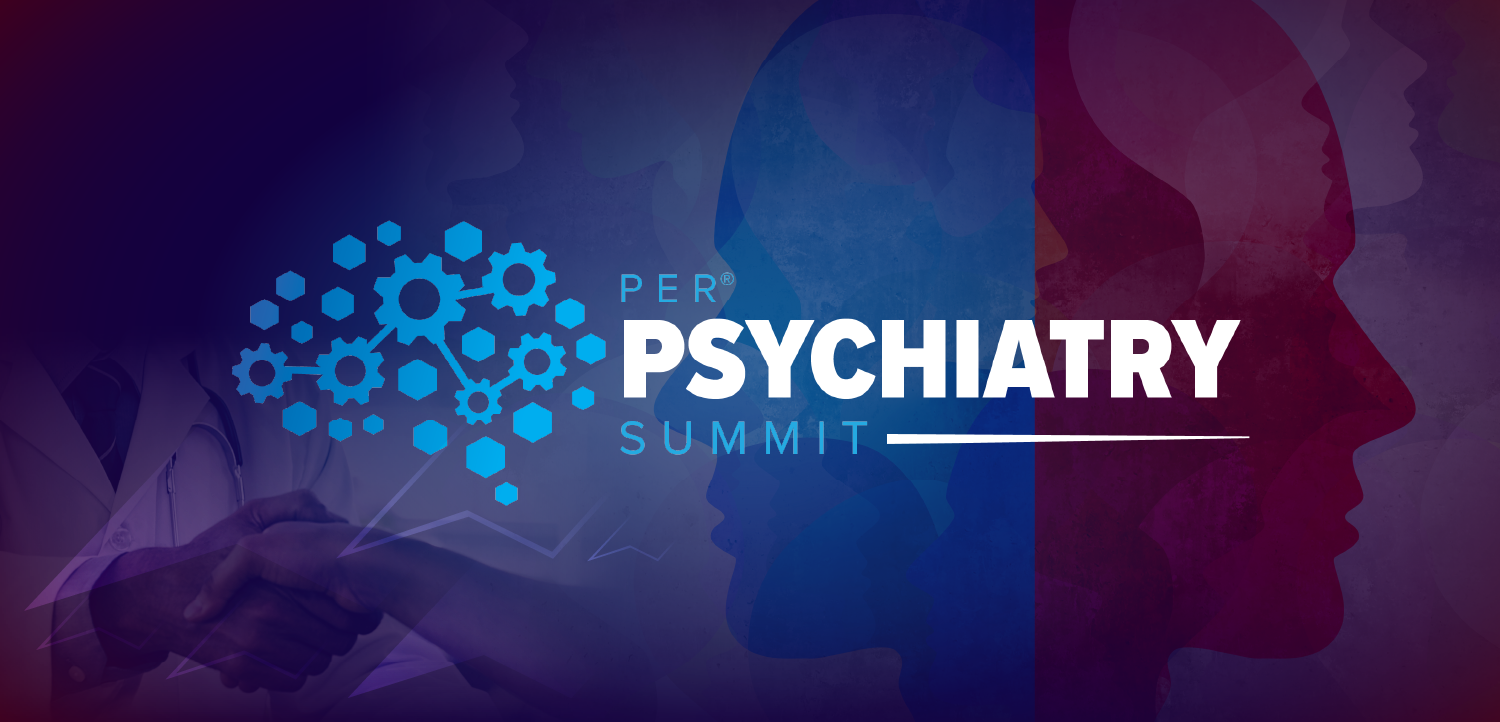This month I will examine the relationship between alcohol use disorder, stress, and a neuropeptide called substance P (SP). The data that led directly to research with human subjects came from the mouse-based genetic manipulation of a gene called neurokinin-1 receptor (NK1R), the receptor for SP. To understand this research thread, I will need to review some basic biology behind a class of biochemicals called tachykinins, of which SP is its most famous member. I begin, however, with an attempt to understand the relationship between the experience of stress, relapse rates in alcohol-dependent populations, and how mouse research ended up helping a cohort of stressed-out patients.











